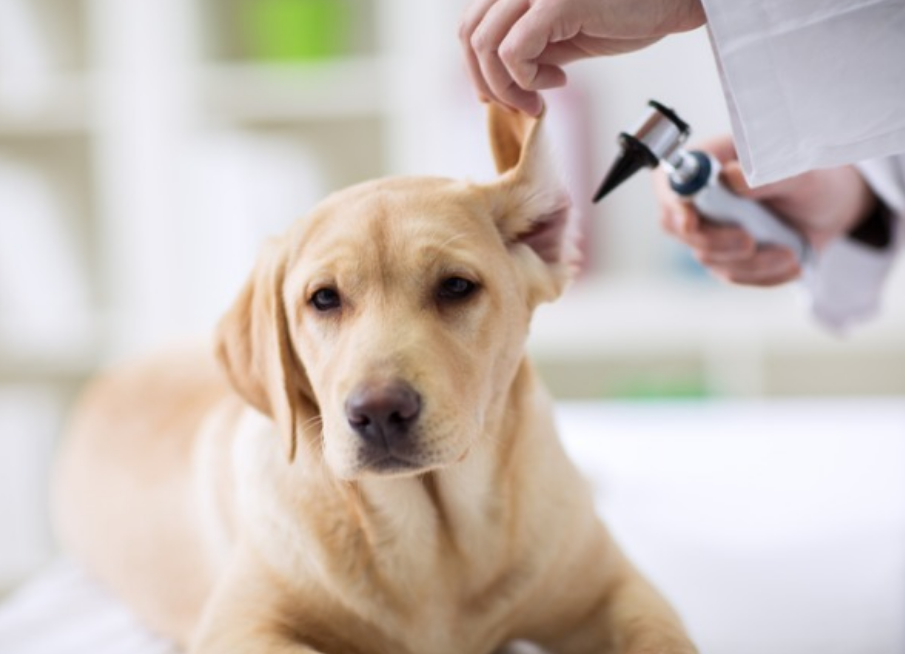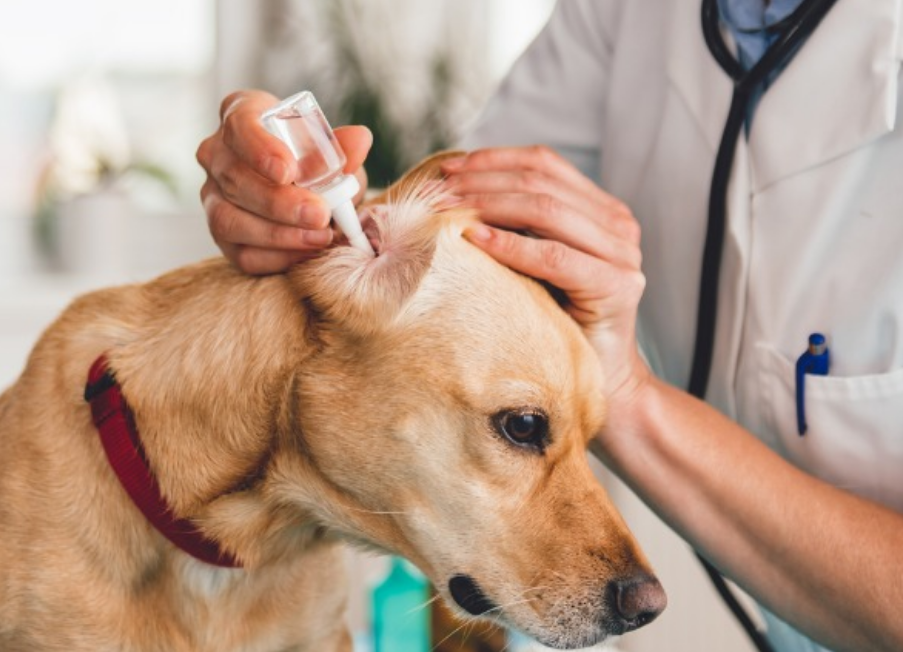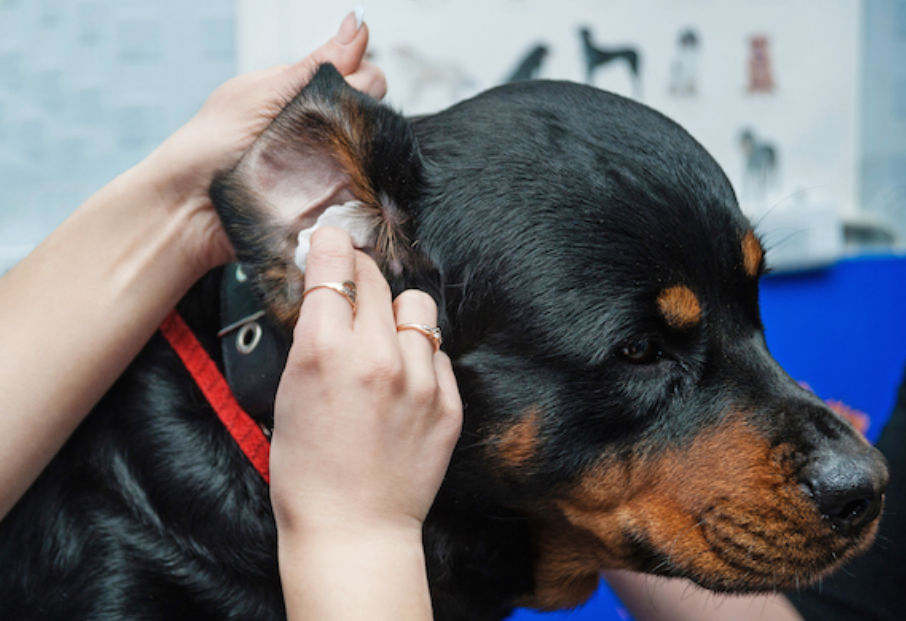 Ear infections in dogs
Ear infections in dogs
Ear infections in dogs are one of the most common health problems in canines, but treatment is not so simple. While these problems may seem easy to deal with, they can actually cause some serious health complications for your dog.
If your dog has an ear infection, here are some suggestions.
If you findThe dogDon’t wait to see the vet for signs of ear infection
Chronic canine ear infections can lead toThe dogThe permanent alteration of the ear anatomy makes future infections more likely and more difficult to treat. Signs of ear infection in dogs
Signs of ear infection in dogs
Please consult your veterinarian as soon as you see the following typical symptoms of ear infection in dogs:
- head shaking
- Ear Scratching
- Redness below the ear flap
- Your dog has excrement and unpleasant smells in his ears
 Have you cleaned your dog’s ears?
Have you cleaned your dog’s ears?
While it may feel fun to try to clean your dog’s ears, it can actually cause more damage or be very painful for your dog.
Go to your veterinarian and have them properly and safely clean out all of the “gunk” from your dog’s ears. In severe cases, the vet may need to sedate your dog to thoroughly flush their ears down to the level of the eardrum.
Once cleaned, your veterinarian will thoroughly examine your eardrum to determine the underlying cause of your dog’s ear infection.
Follow your veterinarian’s instructions to treat ear infections in dogs at home
Your veterinarian will prescribe the most effective treatment for your dog’s ear infection. Dog ear infections involving the structures behind the eardrum require more aggressive treatment.
If your veterinarian prescribes medication for your dog to treat an ear infection, follow the instructions to the letter. You should not use products on your dog with an ear infection without first discussing it with your veterinarian. Certain topical medications can cause deafness when used on pets with ruptured eardrums. If your veterinarian recommends that you clean your dog’s ears, use the product they recommend. Do not use cotton swabs or anything else to dig in your pet’s ear canal, as this will only push the material deeper and may cause the eardrum to rupture.
If your veterinarian recommends that you clean your dog’s ears, use the product they recommend. Do not use cotton swabs or anything else to dig in your pet’s ear canal, as this will only push the material deeper and may cause the eardrum to rupture.
Follow these steps to clean your dog’s ears:
- Lift up the ear cover so that the ear canal is visible.
- Completely fill the ear canal with a veterinarian-prescribed cleaner.
- Fold the ear cap over the ear canal.
- Gently massage the ear caps until you hear a gooey sound.
- Then step back and let your dog shake his head hard.
It is important to let your dog shake their head because this will bring the material deeper to the surface and it can be wiped away. Solving the underlying problem
Solving the underlying problem
Healthy adult dogs with “normal” ear anatomy will almost never develop ear infections. In most cases, ear infections in pets should be considered a symptom of an underlying disease.
Many people think ear mites may be the culprit, but almost every case of ear mites that I have diagnosed has occurred in a kitten. Puppies can get ear mites too, but if you have an adult dog or cat that has not been exposed to kittens or puppies, the chances of them getting ear mites are very slim.
Some things that can cause ear infections in dogs include:
- Food Allergies
- Environmental allergies (such as pollen, mold and dust mites)
- Anatomical abnormalities
- the masses
- Foreign bodies in the ear
- Chronically wet ears
- Hormonal imbalance
- Bacterial Infections
- Yeast infection
If you suspect that your dog has an ear problem, a veterinarian will be your best source of help.

